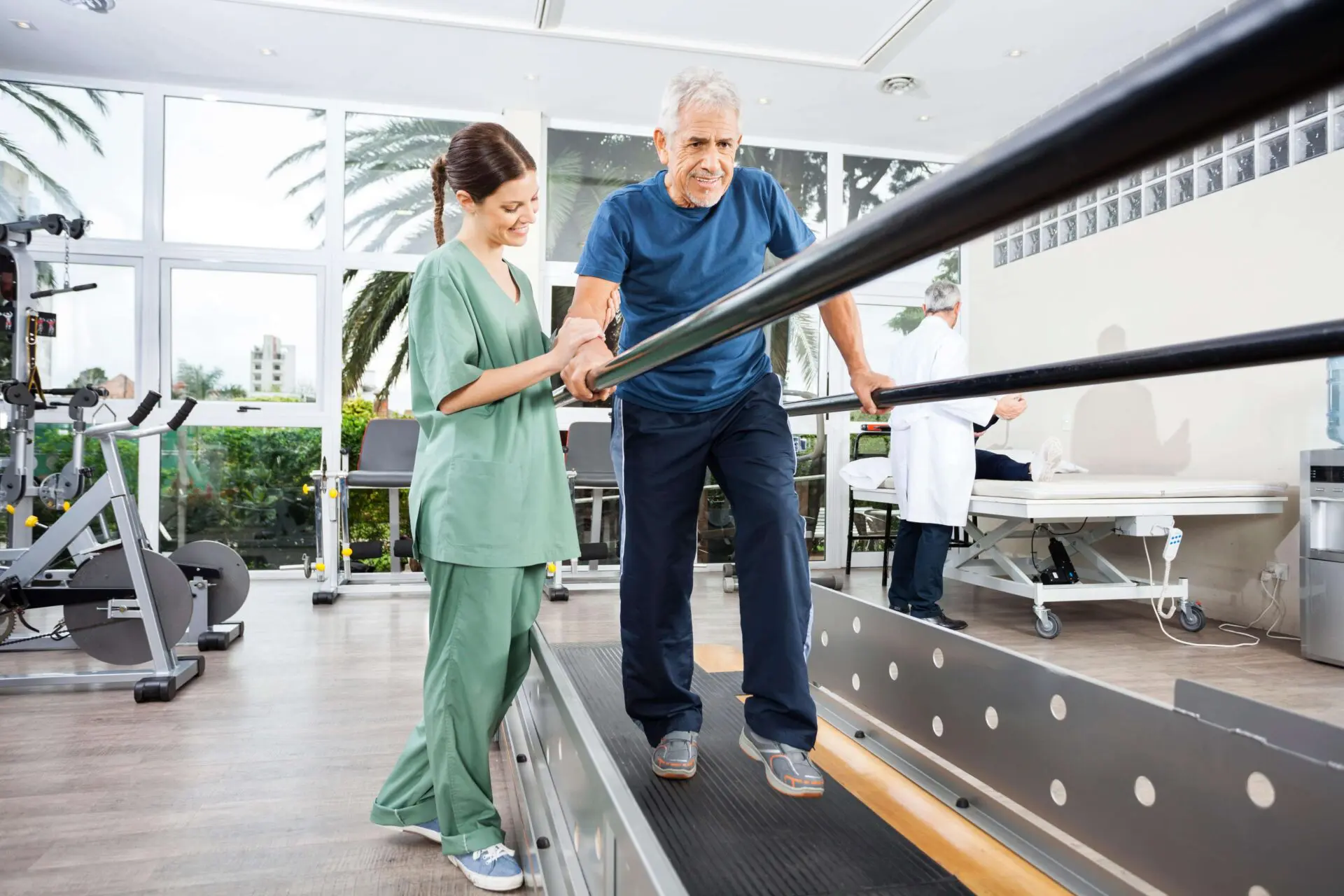Dementia Fall Risk Can Be Fun For Anyone
Dementia Fall Risk Can Be Fun For Anyone
Blog Article
Rumored Buzz on Dementia Fall Risk
Table of ContentsDementia Fall Risk Things To Know Before You BuyHow Dementia Fall Risk can Save You Time, Stress, and Money.6 Simple Techniques For Dementia Fall RiskWhat Does Dementia Fall Risk Do?
An autumn threat assessment checks to see exactly how most likely it is that you will certainly drop. The assessment usually consists of: This includes a series of questions regarding your overall wellness and if you have actually had previous falls or issues with balance, standing, and/or strolling.Interventions are referrals that might minimize your risk of dropping. STEADI includes 3 actions: you for your danger of falling for your risk factors that can be boosted to try to stop falls (for example, balance issues, damaged vision) to decrease your threat of falling by making use of efficient methods (for instance, giving education and sources), you may be asked numerous concerns including: Have you dropped in the past year? Are you fretted regarding falling?
After that you'll take a seat again. Your copyright will certainly check the length of time it takes you to do this. If it takes you 12 secs or even more, it may suggest you are at higher risk for a fall. This examination checks toughness and balance. You'll being in a chair with your arms went across over your upper body.
The positions will certainly get more difficult as you go. Stand with your feet side-by-side. Move one foot midway forward, so the instep is touching the huge toe of your various other foot. Move one foot totally in front of the various other, so the toes are touching the heel of your various other foot.
The 5-Second Trick For Dementia Fall Risk
The majority of falls happen as an outcome of numerous adding factors; consequently, handling the threat of falling begins with recognizing the factors that add to drop risk - Dementia Fall Risk. A few of the most pertinent risk aspects include: History of previous fallsChronic clinical conditionsAcute illnessImpaired stride and balance, lower extremity weaknessCognitive impairmentChanges in visionCertain risky drugs and polypharmacyEnvironmental factors can additionally boost the danger for drops, consisting of: Inadequate lightingUneven or damaged flooringWet or slippery floorsMissing or damaged hand rails and grab barsDamaged or poorly equipped tools, such as beds, mobility devices, or walkersImproper usage of assistive devicesInadequate guidance of individuals living in the NF, consisting of those who display hostile behaviorsA successful loss risk administration program needs a detailed medical assessment, with input from all members of the interdisciplinary team

The care plan must additionally consist of treatments that are system-based, such as those that promote a safe setting (suitable lighting, hand rails, grab bars, etc). The effectiveness of the treatments need to be reviewed periodically, and the treatment strategy changed as needed to mirror changes in the fall risk assessment. Implementing a fall threat administration system utilizing evidence-based ideal technique can decrease the prevalence of falls in the NF, while limiting the capacity for fall-related injuries.
The Ultimate Guide To Dementia Fall Risk
The AGS/BGS standard suggests evaluating all adults matured 65 years and older for autumn risk every year. This testing includes asking clients whether they have actually dropped 2 or even more times in the previous year or looked for medical interest for a loss, or, if they have not dropped, whether they really feel unsteady when strolling.
Individuals that have fallen as soon as without injury ought to have their equilibrium and gait examined; those with stride or balance irregularities need to get additional evaluation. A history of 1 autumn without injury and without stride or equilibrium issues does not require more assessment past continued annual autumn threat screening. Dementia Fall Risk. An autumn danger analysis is needed as part of the Welcome to Medicare examination

The 6-Minute Rule for Dementia Fall Risk
Documenting a drops background is among the high quality indications for autumn avoidance and monitoring. A vital component of danger assessment is a medication testimonial. Numerous courses of medicines enhance autumn risk (Table 2). Psychoactive medicines in specific are independent forecasters of drops. These medications have a tendency to be sedating, alter the sensorium, and hinder balance and stride.
Postural hypotension can commonly be relieved by decreasing the dose of blood pressurelowering medications and/or quiting medications that have orthostatic hypotension as an adverse effects. Use above-the-knee support tube and copulating the head of the bed elevated might additionally minimize postural reductions in high blood pressure. The recommended elements of a fall-focused physical examination are shown in Box 1.

A Yank time higher than or equivalent to 12 secs recommends high autumn risk. Being unable to stand up from a chair of knee height without making use of one's arms indicates raised loss risk.
Report this page